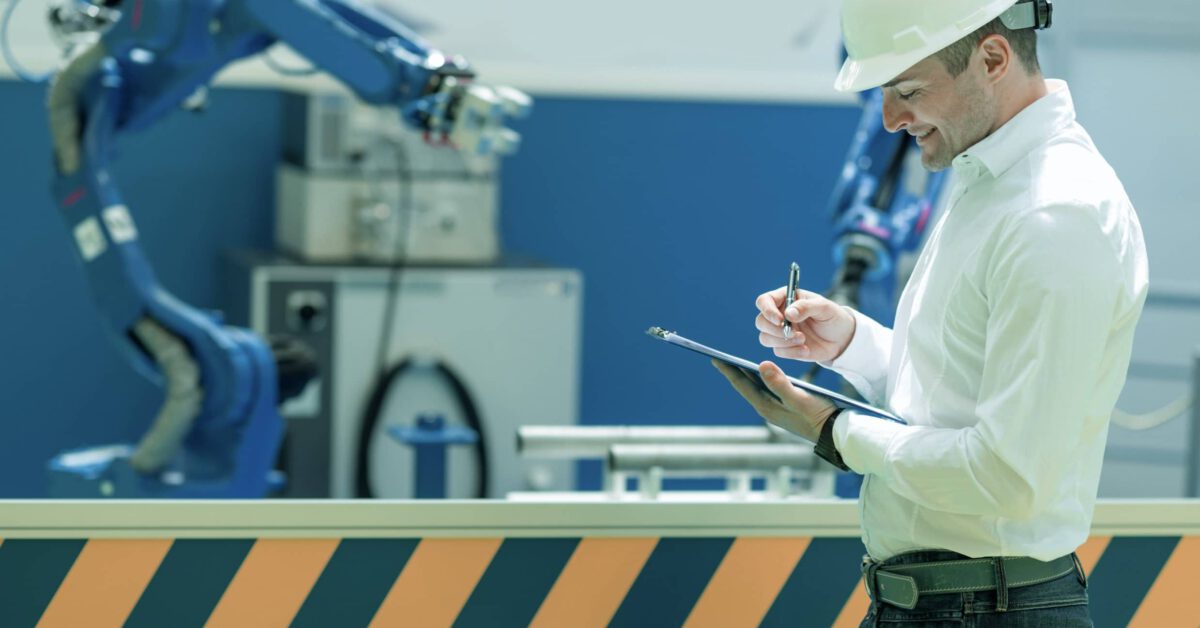
When blending the art and science of pricing, intelligent pricing technology is needed to tackle the true automation side of the pricing process. Take a traditional, spreadsheet-based pricing environment, for example: common activities include managing documents, managing data and making sure systems are running without error.
In fact, in our experience, nearly 80% of manual pricing organizations’ time is spent on administrative activities, leaving only 20% of their time to actually work on creative pricing strategies.
So, for original equipment manufacturers (OEMs) that desire the benefits of more advanced pricing methodologies, without the expanding their workforce, an intelligent pricing solution that automatically manages data administration is the only way to go. But the fearful question that crosses many OEMs’ minds is: how will pricing technology impact the workforce?
Why Pricing Technology is Critical to Success
Simply put, the right pricing technology enables businesses to serve more customers, at greater speed and at less cost, while turning today’s influx of data into valuable business intelligence. But pricing technology can’t replace human touch – the art, creativity and engagement that customers value most and which drives innovation and differentiation. So, how can businesses strike the right balance between technology and talent?
Ultimately, there’s no quick way to achieve intelligent pricing – at scale – manually. Even if, skill-wise, pricing analysts working in Excel are excellent at creating formulas, running advanced reporting, etc. – they’re still just managing within the limitations of Excel. So, when a formalized pricing solution comes in and takes that administrative work off of their plates, there comes a major shift from managing data to managing prices.
Artificial intelligence (AI) can also play a role here, as well; the right solution uses AI to incorporate a machine learning algorithm to support pricers in their initial item segmentations, so the system can then come in with its scientific approach and statistical learning to segment items in the best possible way for the best possible margins.
With more time to think about how pricing should be done, this begs the inevitable question: what are the best pricing methodologies? How do we build in the art and social science of pricing? How can we build more sophisticated pricing strategies? The opportunities for pricers to leverage their talent – while technology handles the mundane – are endless.
How Technology Can Empower Pricers to Work Smarter
While pricing technology will certainly empower the workforce, it will never replace them. In fact, in an intelligent pricing scenario, it’s pricers who empower the process. Intelligent pricers need to be able to look at the products and really describe them from a technical perspective. For example, with an engine, it’s not just the power, but there are aspects of the gears like generation technology behind each part. It also depends if there’s a channel strategy in the company available to centrally define those attributes; there are times when it’s left to the pricing departments to decide – given they are the ones who care most – and that’s where the actual return on investment lies is in the resulting value-based pricing.
And, as mentioned above, in a traditional, manual pricing environment like Excel, nearly 80% of pricers’ time is spent on administrative activities. Take a new price revision for example: 80% of the activity will be spent on kind of loading the ERP data from the different legacy systems and pulling it into the manual Excel sheets, leaving the remaining 20% of time for the actual price setting. But, with the right pricing solution in place, that ratio will be impacted significantly, allowing pricing teams to spend more energy on creating kind of optimal prices that suit the needs of their business.
This all comes back to the art and science of pricing; when it comes to pricing, the science will always be there, automatically checking for the checking for things like minimum margins and so forth – but the right solution frees up some of that time spent on the science of pricing (read: repetitive tasks), allowing more time for the ‘art.’ And, the art of pricing lies in the person behind it who knows the industry, knows the value attributes, knows the business – and is able to leverage the science to streamline the process efficiently and effectively.
Many assume that an intelligent pricing technology will replace pricing teams, but the right solution isn’t just a machine making sweeping choices. It’s intelligent pricers using automation with personalization to the organizations advantage – automating the administrative side and providing more time to spend making intelligent pricing decisions.
–
Interested in learning more about how to start your journey toward a better pricing process for your organization? Reach out to us today to speak to an expert about how you can get started with an intelligent pricing solution that meets the needs of your business today and will evolve with you into the future.